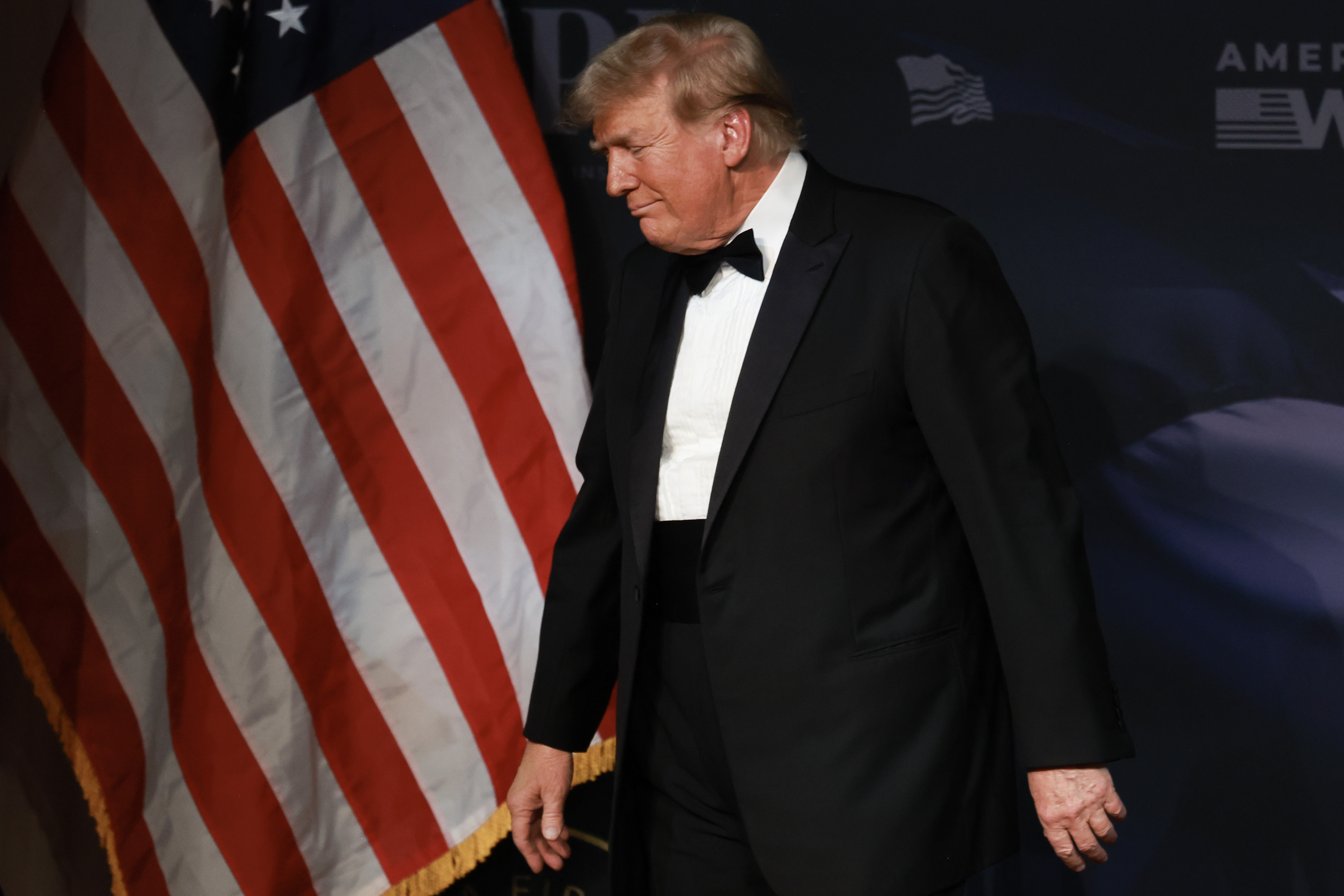Two months after the implementation of California's "top-two" primary system, many of the state's November contests remain in flux.
It's a far cry from the good old days, when Democrats and Republicans in the state Legislature sculpted districts in a foolproof way that protected incumbents.
And it worked to near-perfection.
Between 2000 and 2010, of the 173 seats contested again and again (120 in the state Legislature and 53 in the House of Representatives), only one changed hands between political parties. Now that's predictability.
But no more. The electoral process has been turned on its head, but for the most part not the way reformers imagined.
With the "top-two" system, reformers hoped that a new spirit of competition would emerge in California, particularly in the form of giving moderates an opportunity to gain election.
The idea was that the two candidates with the most votes in June would appear against each other in November, regardless of their political parties. In a sense, that has prevailed, to the extent that many from the same political party are running against each other -- 18 intra-party races in the state Assembly, two in the state Senate, and eight in the House of Representatives.
U.S. & World
News from around the country and around the globe
But that development is not so much because of the "top-two" system as much as it is from the new districts carved out by the Citizens Independent Redistricting Commission, which forced so many incumbents to run against each other.
So what do we have? For the most part, in the 28 intra-party contests cited above, we see liberal Democrats running against liberal Democrats and conservative Republicans running against conservative Republicans.
None of this suggests a wave of moderation. In only one case, the 15th Congressional District, do we see a pronounced distinction, and that's where moderate Democrat Eric Swalwell is pushing ultra-liberal incumbent Pete Stark. In that radically organized district, the race looks to be tight.
Otherwise, there are major disappointments.
For example, because of those 28 intra-party contests, the second party has been automatically denied a place on the ballot come November. In this sense, party competition has suffered.
Another cost: with the "top-two" system, minor parties have failed to gain any spots on the November ballot.
That's important because in close two-party contests, minor party candidates have been known to tilt the outcome one way or another.
A third cost is the waste of the voter's time. Under the "top-two" system, a candidate in a two-person June race who gets a huge majority in June must run off against the same person in November. For example, in the 22nd Congressional District, Republican incumbent Devin Nunes received 70 percent of the vote, while his Democratic challenger Otto Lee won 30 percent. Really, is there any reason to do this again in November?
Do we really expect a different result?
Yes, the reformers sure wanted to change the system, and they have. But whatever the problems with the old method, the new system has set us back a step or two. It's just yet another layer of confusion that Californians don't need.
Larry Gerston teaches political science at San Jose State University and is the political analyst for NBC Bay Area.
Send us your thoughts via Twitter @PropZero or add your comment to our Facebook page.



